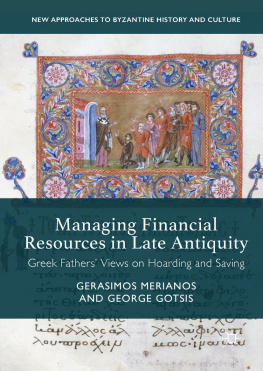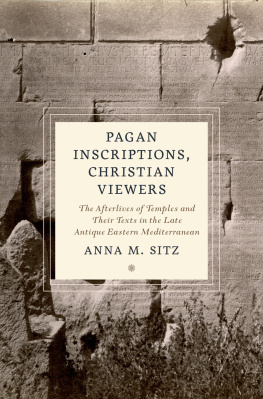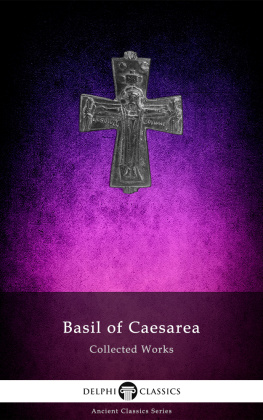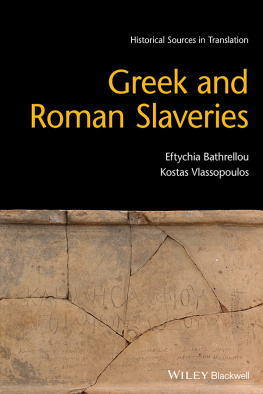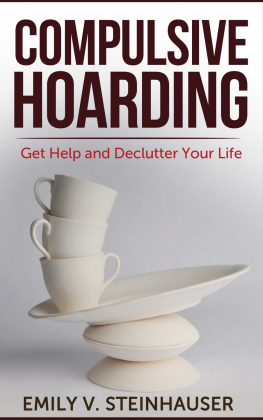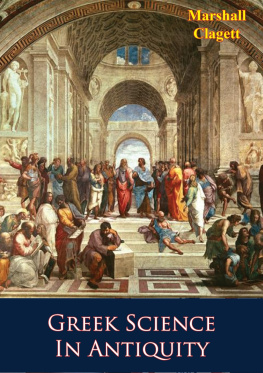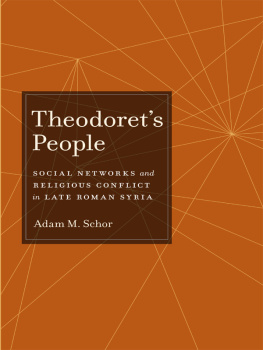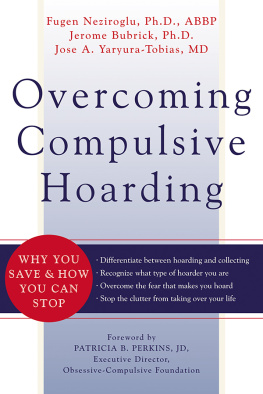1. Introduction and Acknowledgements
Hoarding is a practice akin to accumulating behaviours. In the world of legend and epic, it is often considered to be a feature of monsters and dragonssuch as Fafnir in the Nibelungenlied living an isolated and marginal life. In the Old English epic poem Beowulf , good leaders are regarded as those who distribute their wealth freely, while the dragon, the great opponent of Beowulf, amasses treasures for self-gratification. The allusion is obvious: hoarding is associated with greed , while wealth accumulation denotes loneliness and social contempt, as in the dragons case.
Individuals in the past, according to the political and socio-economic context and their status, employed whichever method was handy at a given time to channel their surplus, whether this was storing it in the walls of their houses or storerooms, depositing it in financial institutions, lending at interest or financing entrepreneurial activities, and so on. In the urban centres of the late antique Mediterranean , people were aware of what we characterize as productive investment or rational use of financial resources. Yet their choices were not always rational from a modern economics point of view, a fact that stresses the need to define what we really mean by using terms like these within an ancient or a medieval context. Some of the alternatives, having their own logic and aiming at social equity and cohesion rather than economic growth, were promoted by the Fathers of the Church.
This book is intended to provide an overview of Greek patristic responses to the problem of management of surplus income and savings in urban economic environments, where poverty, persistent inequality and disparity in the distribution of wealth were endemic. In this respect, we examine the work of Church Fathers who were active in the urban centres of the Eastern Mediterranean (e.g., Alexandria, Pelusium , Antioch , Constantinople) and whose literary output was in Greek. How did, for instance, Clement of Alexandria, John Chrysostom and Isidore of Pelusium face hoarding dragons within their societies? How did their views evolve through time, as the setting gradually became Byzantine? Are their positions just ethico-religious discourse or do they reflect the impact of contemporary socio-economic phenomena, such as the economic crisis of the third century or the economic expansion and social change from the fourth century onwards?
This critical investigation of patristic views, through the interrelated yet distinct lenses of history of ideas, economic history and history of economic thought, is mainly centred on income acquisition, maintenance of financial resources and their proper use. Thus, we attempt to determine the literal and, where appropriate, the metaphorical meaning of hoarding and saving in patristic thinking, as well as to bring to the existing literature an exploration of these concepts as specific practices embedded in their social and economic contexts. This effort allows for an in-depth evaluation of the respective contributions of Church Fathers to aspects of the economic problem per se (e.g., division of labour and work ethic , parsimonious behaviour, self-centred vs. other-centred economic attitudes, and so on).
For the better understanding and easiest contextualization of patristic views, our survey begins with the related ideas of New Testament authors. As for its end, we chose the late fifth century for several reasons: from a patristic point of view, the respective ideas present a relative cohesion until the fifth century, focusing mainly on the social impact of hoarding and saving conducted in urban milieus. It is notable that hagiography, from the fifth century onwards, presents new or alternative perceptions of these economic practices. The surplus material wealth, often stored miraculously in monasteries, is depicted in a positive way, in sharp contrast to the perception of hoarded wealth by the fourth- and many of the fifth-century Fathers. From a fiscal and monetary point of view, the bronze currency reform in 498 by Anastasius I (491518) facilitated everyday transactions and inaugurated a series of fiscal measures for the restoration of revenues and prosperity; as a result, his reign poses a turning point in this respect and a plausible limit. In any case, the following period, and particularly the reign of Justinian I (527565), is such a watershed in Byzantine history that a partial examination could not have done justice to all important facets related to it.
The examination of hoarding and saving, as well as their interrelation and differences, has long been under scrutiny in various scientific fields. The respective approaches cannot be fully taken into consideration in this study, yet a glance at recent bibliography reveals their multiplicity. From an economic psychology perspective, hoarding is viewed as the corollary of corrupt patterns of consumption stemming from certain individual psychological aberrations. Hoarding behaviours are frequently analysed as implying an outright attachment to material possessions that reflects strong compulsive dispositions, In this respect, hoarding impulses are entrenched in abnormal psychological states inimical to healthy behaviours.
Furthermore, economic psychology conceptualizes hoarding as an avoidance behaviour linked with indecisiveness. The hoarder cannot make the required decision to throw something away and cope with emotional reactions that accompany parting with cherished possessions, because of an increased perception of control. Hoarding is defined as a multi-faceted problem stemming from information processing deficits, problems in forming emotional attachments, behavioural avoidance and erroneous beliefs concerning the nature of possessions.
From an economic history point of view, hoarding has been conceptualized as a highly controversial, if not socially detrimental, process. Matthew J. M. Coomber , for instance, argues that long-held traditions and societal patterns, which underlay outdated economic strategies in eighth-century Judah, were challenged in an environment of rapid economic development. As a result, agrarian societies experienced an abandonment of subsistence practices, land consolidation and the ensuing hoarding of riches among the elites.
Negative attitudes toward hoarding were not infrequent in medieval and early modern Europe. Surplus from hoarding practices had to be directed to markets to mitigate shortages in commodities supply. Buchanan Sharp demonstrated that Edward IIs (13071327) response to the famine of 13151317 in England consisted in regulatory measures that involved not only prohibitions imposed on the export of grain dictated by high prices, but also efforts to persuade or even compel those hoarding grain to sell surplus that exceeded the level of self-sufficiency.
Jaco Zuijderduijn and Tine De Moor found that late medieval Dutch households, rather than engaging in hoarding practices, increasingly invested in capital markets as a more productive risk-aversion strategy that served as a means to absorb and neutralize a wide range of external adversities.

